Biomimicry PhD Fellowships – Call for Applications
by: Biomimicry 3.8, 2013-09-25 23:12:41 UTC
Last fall the inaugural cohort of four PhD students began a first-of-its-kind PhD Fellowship program in biomimicry at the The University of Akron, in partnership with The Cleveland Institute of Art and Great Lakes Biomimicry. This winter, the program expects to welcome eight more Fellows into the program.
Biomimicry Fellows at UA engage in PhD research and also spend 16-20 hours per week paired with local K12 teachers to enable co-development of biomimicry curricula for STEM middle and high school students. This model was developed through extensive experience during an NSF GK-12 project at the University of Akron. In effect, the Biomimicry Fellowship takes the place of a Teaching Assistantship as a means of support during the PhD.
Applications are currently being accepted and will continue to be reviewed until the positions are filled. Interested candidates are encouraged to visit The University of Akron website for more information.
 Biomimicry PhD Fellowships – Call for Applications
Biomimicry PhD Fellowships – Call for Applications
by: Biomimicry 3.8, 2013-09-25 23:12:41 UTC
Last fall the inaugural cohort of four PhD students began a first-of-its-kind PhD Fellowship program in biomimicry at the The University of Akron, in partnership with The Cleveland Institute of Art and Great Lakes Biomimicry. This winter, the program expects to welcome eight more Fellows into the program.
Biomimicry Fellows at UA engage in PhD research and also spend 16-20 hours per week paired with local K12 teachers to enable co-development of biomimicry curricula for STEM middle and high school students. This model was developed through extensive experience during an NSF GK-12 project at the University of Akron. In effect, the Biomimicry Fellowship takes the place of a Teaching Assistantship as a means of support during the PhD.
Applications are currently being accepted and will continue to be reviewed until the positions are filled. Interested candidates are encouraged to visit The University of Akron website for more information.
 Fashion Meets Climate Change at the V&A
Fashion Meets Climate Change at the V&A
by: Centre for Sustainable Fashion, 2013-09-24 16:32:31 UTC

Earlier this year, the MET Office came to Centre for Sustainable Fashion at London College of Fashion to film some of our community of designers and researchers for a series called ‘My Climate and Me‘. This became the beginning of a wonderful partnership between CSF and the MET Office, which came to life over the weekend in the form of a Climate and Fashion Hackathon, hosted at the V&A as part of the 2013 London Design Festival. Over 21 & 22 September, designers, scientists, artists and technologists worked together to ‘hack’ the challenges around fashion and climate change. The Hackathon was open to the public, and visitors were encouraged to ask questions, interact and participate through out the process.
The Hackathon faced 6 key challenges that were developed by the MET Office, CSF and the University of Dundee Product Design Group:
- The Climate Dress: Directed by Professor Helen Storey the challenge was to create a beautiful canvas on which our future climate could be realised.
- A Comfortable Old Age: To look at wearable technology and clever data analysis to address climate change and the pressures of an ageing population.
- The Climate and Fashion Game: To create an interactive and educational tool
- Empathy and Shared Extremes: Directed by Dilys Williams the challenge was to connect the extremes of climate change, and urbanisation through fashion.
- Stealth: To look at climate change and bird migration patterns and connect with fashion
- Mystery Challenge!
With teams formed, the energetic room hacked traditional notions and conventional aesthetics of fashion as unexpected collaborations formed and new technologies introduced. For the empathy and extremes challenge, Dilys Williams and the guys from the MET Office, Exeter College and fellow CSFers looked at the ways fashion and climate scientists are interested in extremes, realising it is often at the edges (not the averages) that lie dangers and opportunities. We identified London as a place of extremes, cultures, style, weather conditions, it is here we see wild variations in a short space of time. Adaptability and connectivity became clear themes in exploring the ways we can survive in 2050 London and the underground/tube became the focus of the challenge as it is less adaptable than our attire and yet it is vital to our connection. What we came up with at the end of a day and a half was a new design methodology and prototypes to test it out. Working with the team as well as interacting with the public we created, learnt and shared ideas in a unique way, the insights of which will take our Habit(AT) project (more on this later) to a new place.
Helen Storey led a great team in experimentations around the possibilities of bringing how we feel about our world to the surface, using creative means, technology, projection and data. Through this, a rough and ready prototype of a ‘Climate dress’ was formed and although the ultimate outcome would be to find a means to make any textile surface data receptive, in a light touch, battery free and seamless way, this challenge enabled the wearer to have the means to share the nature of what they were feeling to the wider world. The plan now is to develop this into a technology which can be used to shout both the individual and collective voice. A perfect end to the London Design Festival, this hackathon illustrated the creative potential of open collaboration and the possibilities for fashion in addressing the environmental and social problems arising from climate change. We continue to work with the MET Office team and other partnerships formed from the Hackathon, on a major piece of citizen action to be launched at the next Climate Summit in Paris, in 2015.
A film of the hackathon, made by the V&A will be available soon and the My Climate & Me film on fashion & climate change is due out in two weeks time.
Watch a short film by Alina Moat which set the scene for the fashion and climate change hackathon
#fashionclimate
Unilever launches ‘Shower of the Future’ Competition – The Best of Ecofriendly Shower ideas!
by: Ecofriend, 2013-09-24 06:01:23 UTC
In an effort to reach out to its consumers and crowdsource innovative design ideas for a ecofriendly shower, Unilever in association with eYeka, a crowdsourcing portal has launched its ‘Shower of the Future’ competition.
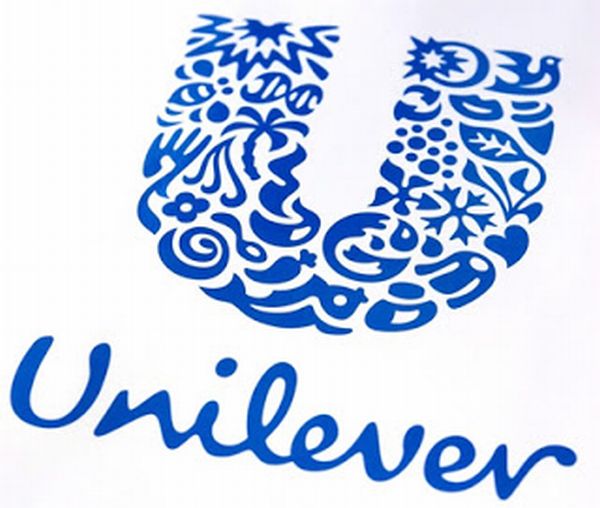
Winner of the 2 degrees Sustainability Champions Award in July 2013, Unilever is all set to tap into creative and bright minds with an award money of €10,000 ($13,000) along with a trip to London for the most innovative eco-friendly shower idea submission.
Shower of the Future – Idea Submission Criteria:
The Winning submission would be the most environmentally friendly shower sporting the following parameters:
- Shower should be cost efficient in its making
- Shower should be affordable for the end consumers
- Shower should have lesser carbon footprint during its making than current models
- Shower should use less water than usual models (not more than 10litres or 2.6 gallons of water in single use)
- Shower design should be innovative and attractive that fits and looks good in a typically modern bathroom
‘Shower of the future’ Competition Management:
The operations and management of the said competition would be with eYeka portal which would act as the linking platform between the consumers and the various brands. The announcement of eYeka and Unilever partnership for utilizing the open creativity platform of the site was announced by the latter in June 2013 and would be accessible across Asia-Pacific, Russia, South Africa and Middle East.

Unilever – The 2degrees Sustainability Champions:
The2degrees Sustainability Champions Awards recognizes successful sustainability initiatives in the areas of:
- Supply Chain Management
- Built environment
- Solution of the year
- Carbon and Energy Management
- Water Management and
- Waste and resource Management,
Conducted via online peer voting, Unilever won the Supply Chain Category in July this year for its redesigned solutions for an improved distribution network. The company provided this solution for the following product categories:
- Homecare Category
- Personal Care Category
- Food Category
The winning solutions were provided for the geographical areas of UK and Ireland.
With its intentions of developing large scaled distribution networks to reduce carbon emissions on a bigger scale and target project delivery improvements, Unilever shows continuous and persistent efforts in the ecofriendly sustainability lines. The innovative ‘shower of the future’competition and the entire practice of crowdsourcing of such a brain-racking environment friendly solution, makes Unilever one of the true eco champions in the market today!
Unilever launches ‘Shower of the Future’ Competition – The Best of Ecofriendly Shower ideas!
Playfully recycled silk textile seating by Meb Rure
by: TreeHugger Design, 2013-09-26 21:18:50 UTC

Warm and inviting, this vibrantly colored furniture collection features recycled silk from Nepal.
California to Manufacturers: Replace Toxic Chemicals in Products
by: Environmental Leader, 2013-09-27 15:50:23 UTC

California regulators yesterday published a list of toxic chemicals found in hundreds of consumer products and will ask manufacturers to replace these chemicals with safer alternatives. State officials say this is the first step in implementing the Safer Consumer Products initiative, a program for identifying and reformulating products that pose a threat to public health [...]
 KOR NAVA Water Bottle: The Bottled Water Killer
KOR NAVA Water Bottle: The Bottled Water Killer
by: design milk, 2013-09-26 15:00:13 UTC

Back in 2008, I discovered a blue and white water bottle that would totally change me from a disposable bottle drinker to a bottle-toting convert for life but I kept it mostly to myself until 2009, when I wrote about it here. The KOR ONE bottle went everywhere I went—yoga, the gym, out shopping, and tons of people would stop and compliment me on it and ask me where I got it. At that time, KOR Water was a fledgling company. I don’t even remember how I discovered them, but I am so glad I did. Since then, I’ve been following them as they’ve grown into a boutique water bottle—er—hydration vessel company focused on design and functionality. They don’t create throwaway bottles… they’re much more determined to change your habits and make you feel like your water bottle is a proud accessory you wear and use.

Their latest bottle called NAVA has been deemed “the bottled water killer” because not only is it a beautiful, sporty and edgy water bottle, but it’s got a coconut carbon filter inside that filters out all the chlorine and odors and other yucky stuff you might find in the tap or a local water fountain. It’s certainly not the first water bottle to have a carbon filter. However, what’s great about this bottle—and I’m speaking from experience because I got my hands on one—is that it’s durable, solid, beautiful PLUS the functionality is spot on. If you’ve ever tried drinking from other water bottles with carbon filters, you might notice it’s really hard to suck the water out, or you have to squeeze the bottle… with KOR’s new NAVA bottle, you don’t feel like you’re drinking out of a filtered bottle; the water just flows like any other sport bottle. You can appreciate all the time and research that went into making this bottle.



The thing that I have always been most frustrated about when it comes to carbon filtered water bottles has been remembering to replace the filter. You have to replace it every 3 months and, for some reason that just seems like an annoyance to me. I will never remember and my water will go back to tasting icky again. However, KOR has come up with a solution to combat this: they’ve created the first ever water bottle filter subscription service. So now, you can sign up and get your filters delivered as you need them—set it and forget it. Or, choose to get an email when it’s time to order a new filter. The choice is yours.
You can pre-order NAVA here.






 Sustainable window treatments those are elegant and affordable
Sustainable window treatments those are elegant and affordable
by: Ecofriend, 2013-09-24 06:18:24 UTC
Have you boarded the ‘green’ wagon yet? If not then it is high time that you do so as your planet needs you now more than ever. The environment is surrounded by serious issues such as pollution and global warming and it is our duty to conserve our planet. Most people today have realized their duty and have started to adopt eco friendly methods of living at home and office. Some people think that adopting sustainable methods is tough and expensive but that is not the case at all. You can definitely go green at your home without much hassle.
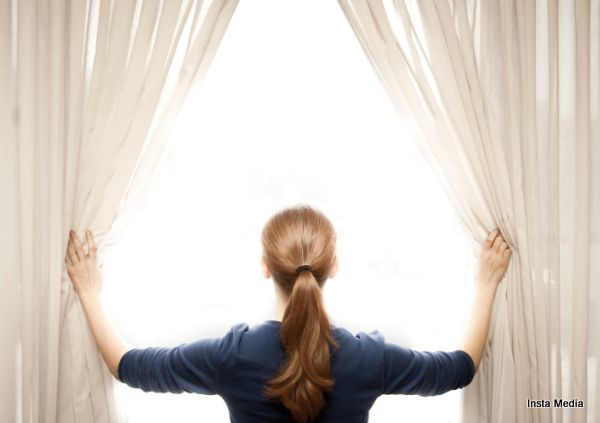
We will discuss the same in this article and talk about some window treatments that are sustainable and quite affordable in nature. Eco friendly window treatments are not a common topic and many people do not know that they can be installed in their abodes. Window treatments can really help you to minimize your energy consumption and they look quite stylish as well.
Eco friendly window treatments
First we will talk about insulated window treatments which some people restrict to the places that enjoy winters all year long. However, this window treatment can work great for places with year long sun shine as well. Insulated window treatments can help in protection against the sun which too is essential if you want to save energy. Insulated windows really prove helpful in minimizing our carbon footprint and designs such as honeycomb shades make your home look amazing and elegant.
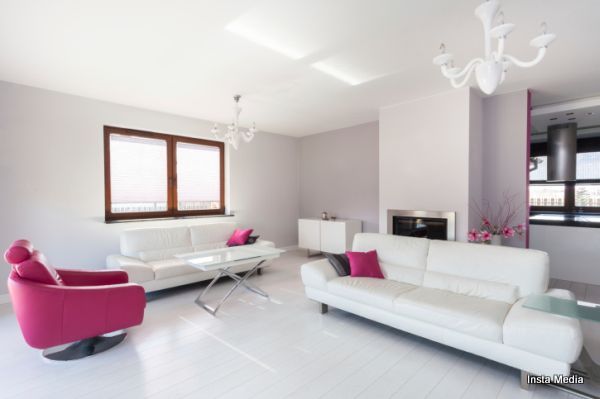
Window coverings too are very helpful when it comes to saving energy and if you are thinking that they will block your view then you are wrong. We give to you solar shades that extend solar heat control plus they do not hamper the view as well. If you would like more functionality and convenience added to your solar shades then you can always take aid from motorization. These two ideas mentioned above can be really helpful in making your home energy efficient and they are not very expensive too.
You can increase day light in your room by window coverings; this does sound like a dumb observation but it isn’t. You can see it happening in reality if you use silhouette window covering for your home. So you see that there are many ideas when it comes to window treatments and each one has great potential and options available.
Sustainable window treatments those are elegant and affordable
Jaktogo by John Power
by: Dezeen, 2013-09-27 15:47:05 UTC
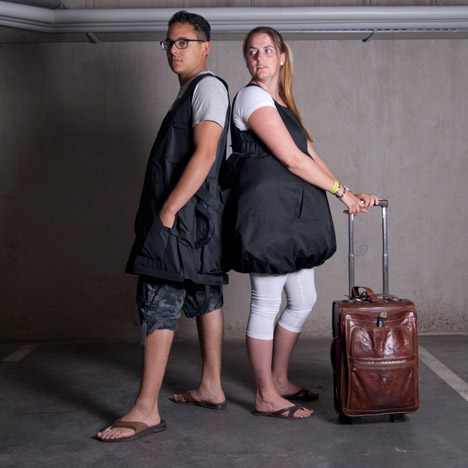
Extra travel items can be stowed in the giant pockets of this wearable luggage to get around strict hand baggage restrictions on low-cost airlines. (more...)
 Designer creates decomposable garments for funerals
Designer creates decomposable garments for funerals
by: TreeHugger Design, 2013-09-24 20:45:05 UTC

Pia Interlandi's Garments for the Grave offer an ephemeral fashion to dress the dead.
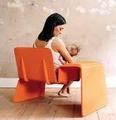
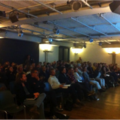
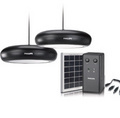
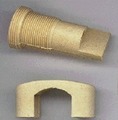


Comments by our Users
Be the first to write a comment for this item.